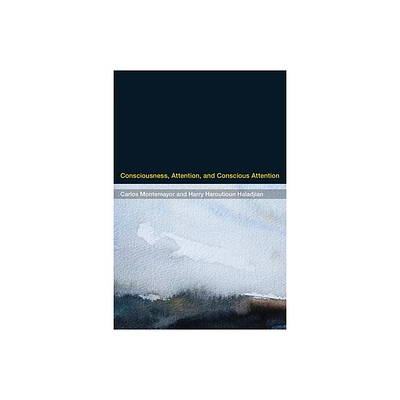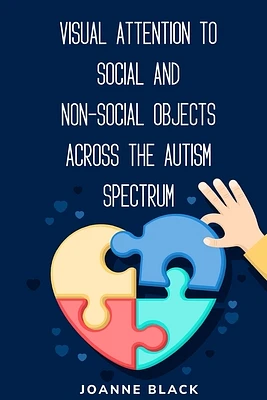Home
Visual Attention and Consciousness
Loading Inventory...
Barnes and Noble
Visual Attention and Consciousness
Current price: $190.00


Barnes and Noble
Visual Attention and Consciousness
Current price: $190.00
Loading Inventory...
Size: Hardcover
*Product Information may vary - to confirm product availability, pricing, and additional information please contact Barnes and Noble
Consciousness is perhaps one of the greatest mysteries in the universe. This ambitious book begins with a philosophical approach to consciousness, examining some key questions such as what is meant by the term "conscious," and how this applies to vision.
The book then explores major visual phenomena related to attention and conscious experience—including filling-in processes, aftereffects, multi-stability, forms of divided attention, models of visual attention, priming effects, types of attentional blindness and various visual disorders. For each phenomenon, the biological and cognitive level research is reviewed. Themes touched upon throughout are the relation between consciousness and attention, automatic vs. willful processes, singularity vs. multiplicity, and looking without seeing. The book concludes with an evolutionary approach, describing possible functions that visual consciousness may serve and how those may affect the way we see.
The systematic review of key topics and the multitude of perspectives make this book an ideal primary or ancillary text for graduate courses in perception, vision, consciousness, or philosophy of mind.
The book then explores major visual phenomena related to attention and conscious experience—including filling-in processes, aftereffects, multi-stability, forms of divided attention, models of visual attention, priming effects, types of attentional blindness and various visual disorders. For each phenomenon, the biological and cognitive level research is reviewed. Themes touched upon throughout are the relation between consciousness and attention, automatic vs. willful processes, singularity vs. multiplicity, and looking without seeing. The book concludes with an evolutionary approach, describing possible functions that visual consciousness may serve and how those may affect the way we see.
The systematic review of key topics and the multitude of perspectives make this book an ideal primary or ancillary text for graduate courses in perception, vision, consciousness, or philosophy of mind.


















